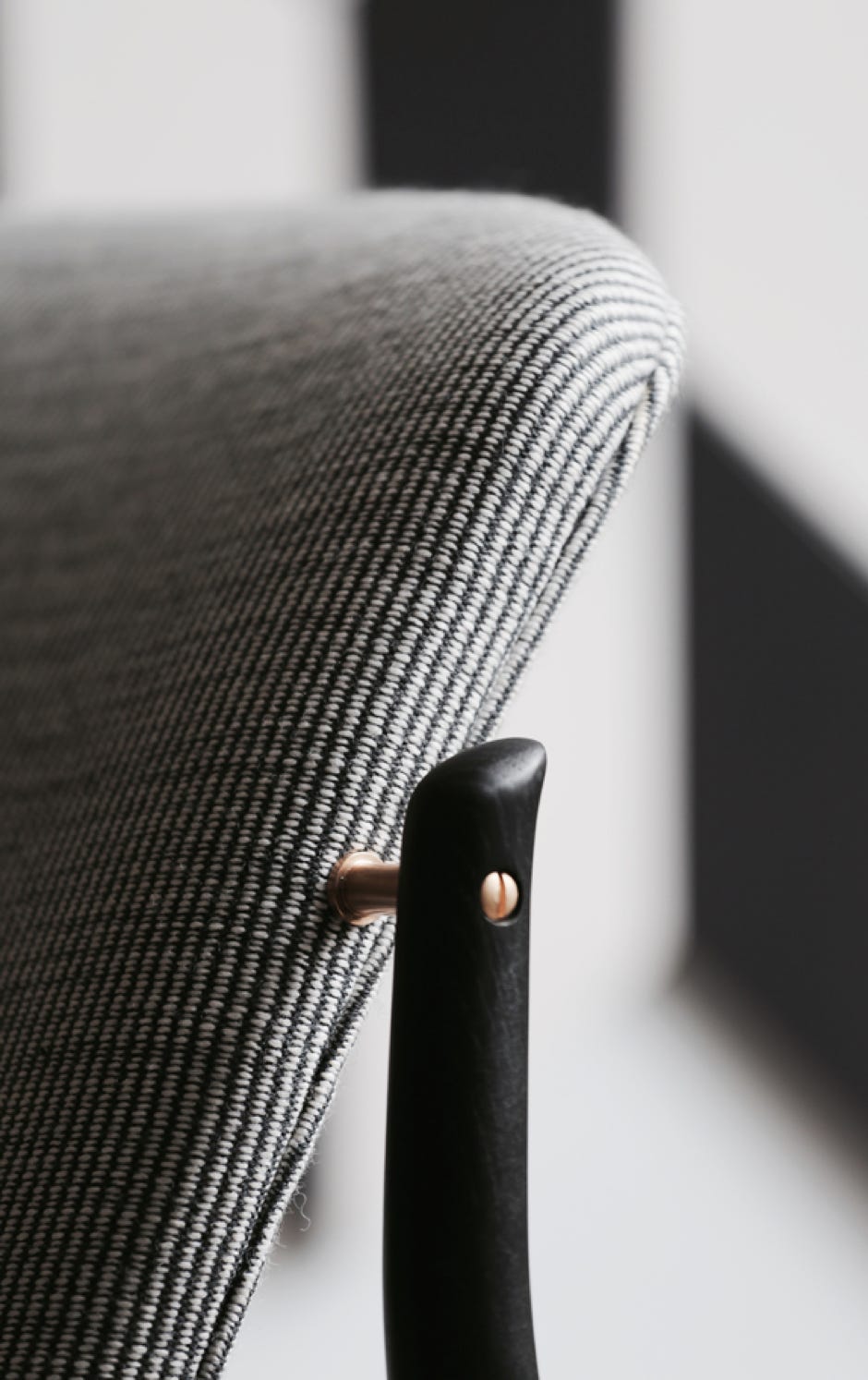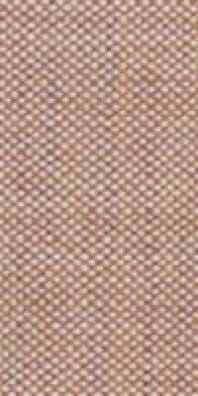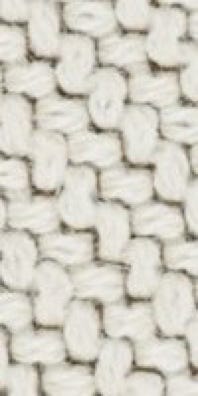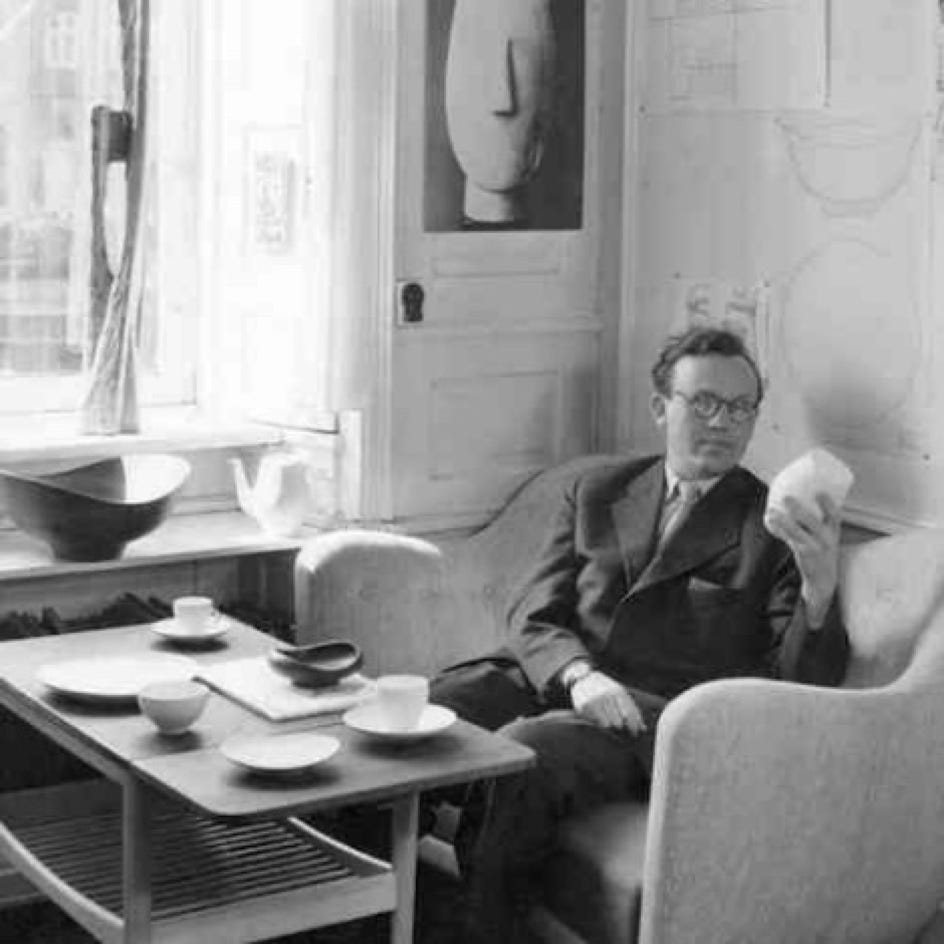15% off with DESIGN15




The France Chair was originally put into production in 1956 by the company France & Daverkosen – later named France & Son. During the 50’s the English gentleman C. W. F. France teamed up with the most promising Danish furniture designers - most prominently Finn Juhl.
The designers developed furniture of a very high standard and manufactured these at an industrial scale that could be sold flat-packed. This strategy paved the way for exporting the furniture at a fraction of the usual cost. It became an enormous success. In the middle of the 1950's the company produced 60% of the total Danish furniture export.
Danish design became trendsetting in Germany, the UK and not least in the USA, where the term Danish Modern became internationally known – a movement that today has seen great revival. Also the France Chair was aimed at the American market where it received considerable success together with a string of other Finn Juhl’s designs.
Today, House of Finn Juhl is manufacturing the France Chair in Denmark just like the original ones. Since the chair was made for industrial production it has a slightly more simple construction than some of Finn Juhl’s other designs. Nevertheless it is hard to believe that the organic shapes and the amount of details were possible to make at industrial scale at the time it was launched.
The chair's upholstered elements, which seem to be floating, as if they were liberated from gravity, make the chair almost aerodynamic. Also the detailed organic shaped armrest is typical Finn Juhl design characteristics. The frame comes in walnut or in oak, either natural (with various finishes), black painted or smoked, with upholstery in leather or fabric.
Dimensions W80 x D72 x H81 cm – seat height 38cm
Wood walnut (oiled or clear lacquered), natural oak (soaped, oiled, white oiled or clear lacquered), black painted oak, or smoked oak









soaped oak
(natural)
white oiled oak
(natural)
oiled oak
(natural)
clear lacquered oak
(natural)
black painted oak (grain visible)
smoked oak
clear lacquered walnut
oiled walnut
Examples:
soaped oak + walnut Elegance leather
Hallingdal 227
black Nevada leather
oiled ok + cognac Prestige leather
Remix 123
Remix 823
Watercolour Cast Iron
black oak + Tonus 244
oiled walnut + black leather
Vidar 633
Watercolour Butterscotch
Remix 183
Remix 242
Hallingdal 764
Hallingdal 227
Vidar 1062
Finn Juhl

As a teenager, Finn Juhl (1912-1989) wanted to become an art historian, having a passion for the fine arts since childhood. His father stopped him and Finn Juhl started architectural studies. Later, when his fame as a designer of furniture acquired, he speaks of himself as an autodidact, in reference to this upset vocation that forced him to walk intellectually on a lonely way. His style owes much to this singular trajectory, with its non academic interpretation of art visible in his work. Finn Juhl started his studies in 1930, a key period which saw the birth of modern design and furniture.
His modern offices in central Copenhagen was greeting his visitors with a huge Japanese fish in paper, symbol of imagination. Rather than thinking in terms of practical construction, Finn Juhl had the mind-set of a sculptor, when he shaped a piece of furniture. In the 1940s and 1950s, this way of working had never been seen before. His ambition was to design furniture with movement and life.
Juhl took pride in making both the structurally supportive elements of the furniture and the seated person look as though they are floating. In some of his chairs, the backrest and the seat are almost invisibly joined, as if they were clouds floating through the room.
In creating his furniture, Finn Juhl worked with two elements: The carrying element, and the carried. He eventually became known for his special ability to separate the bearing parts from the borne. This is one of many examples of how he broke free from conventional working methods and found his inspiration in art.